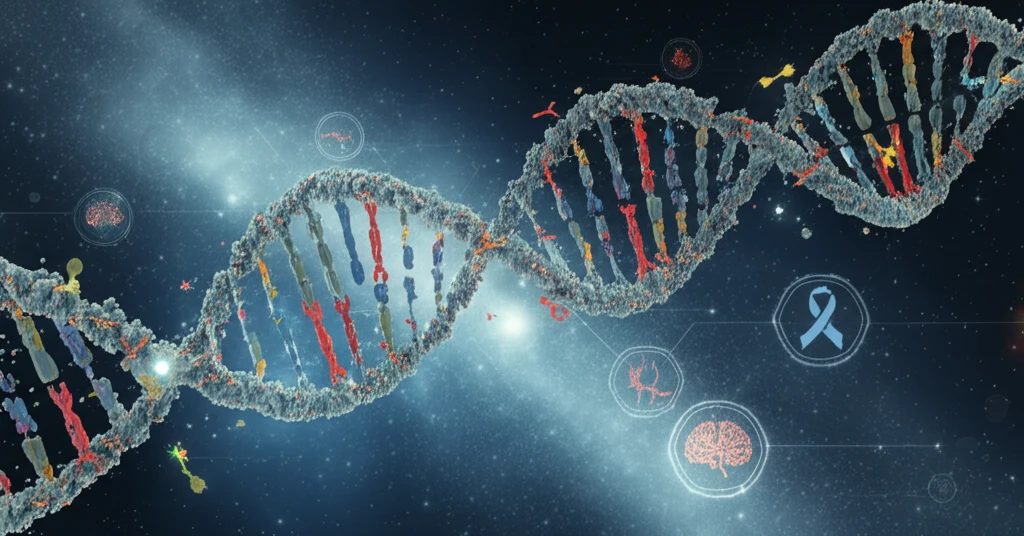
Decoding the Hidden Language of Your Cells: How Non-Coding RNAs Are Revolutionizing Medicine
"Unlock the mysteries of snoRNAs and scaRNAs and their potential to transform diagnostics and treatments for heart disease, cancer, and more."
For years, scientists believed that the key to understanding life lay solely within the genes that code for proteins. However, a silent revolution has been brewing in the world of molecular biology. It turns out that a vast portion of our genome doesn't code for proteins at all. Instead, it produces a fascinating class of molecules called non-coding RNAs (ncRNAs), which are proving to be essential players in the intricate dance of cellular life.
Among these ncRNAs, two intriguing groups are stealing the spotlight: small nucleolar RNAs (snoRNAs) and small Cajal body-associated RNAs (scaRNAs). Once considered mere genomic 'dark matter,' these tiny molecules are now recognized as master regulators of cellular processes, with far-reaching implications for human health and disease. They act as molecular architects, guiding the construction and modification of other essential RNAs, influencing everything from how our cells respond to stress to whether we develop cancer or heart disease.
This article delves into the exciting world of snoRNAs and scaRNAs, exploring their biogenesis, functions, and their potential to revolutionize medicine. We'll uncover how these once-overlooked molecules are now becoming promising targets for new diagnostic tools and therapeutic interventions, offering hope for more effective treatments for a wide range of conditions.
What Are snoRNAs and scaRNAs and What Do They Do?

snoRNAs and scaRNAs belong to the diverse family of non-coding RNAs. snoRNAs primarily direct chemical modifications of ribosomal RNAs (rRNAs), essential components of ribosomes where proteins are synthesized. scaRNAs, a subset of snoRNAs, reside in specific cellular compartments called Cajal bodies and guide modifications of small nuclear RNAs (snRNAs), which are vital for RNA splicing.
- rRNA Modification: snoRNAs guide enzymes to specific sites on rRNA to add methyl groups or convert uridine to pseudouridine, impacting ribosome structure and function.
- snRNA Modification: scaRNAs perform similar modifications on snRNAs, crucial for the splicing process that removes non-coding regions from pre-mRNA.
- Alternative Splicing Regulation: By influencing snRNA function, scaRNAs can indirectly affect alternative splicing, determining which protein variants are produced from a single gene.
- miRNA Processing: Some snoRNAs can be processed into microRNAs (miRNAs), small regulatory RNAs that control gene expression by binding to messenger RNA (mRNA).
- Telomerase Function: scaRNA-like molecules play a role in telomerase function, maintaining the protective caps (telomeres) on the ends of chromosomes, essential for cell division and longevity.
The Future of snoRNA and scaRNA Research: A New Era of Personalized Medicine
The journey to fully understanding snoRNAs and scaRNAs has just begun, but the potential is undeniable. As researchers continue to unravel their secrets, we can expect to see even more innovative applications emerge. From early disease detection to personalized therapies tailored to an individual's unique RNA profile, these tiny molecules hold the key to a new era of precision medicine.
